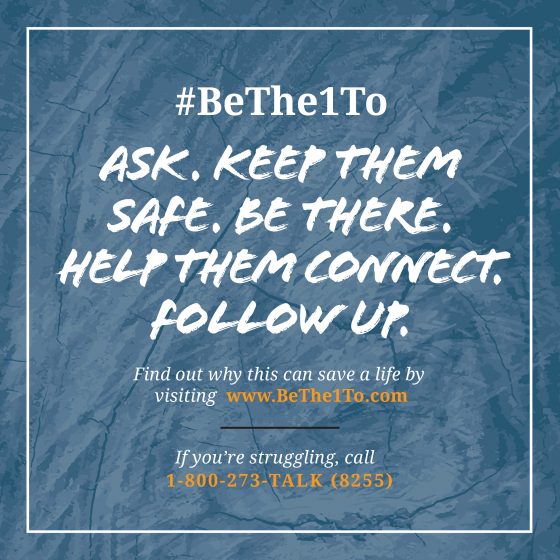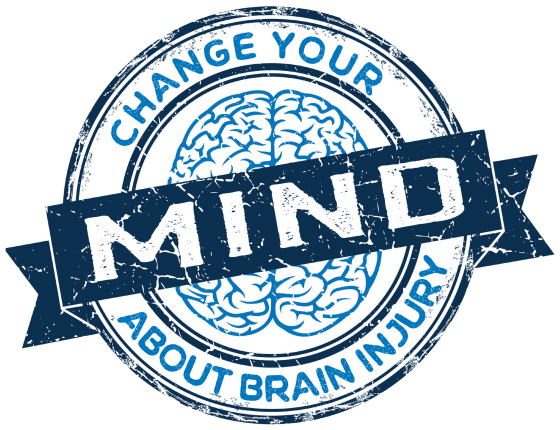As businesses reopen and begin having their employees return to work, navigating the impacts of COVID-19 will undoubtedly be a challenge. Not only does keeping employees and customers safe take on new meaning, but sorting through rapidly changing guidelines can be overwhelming at best.
Adding to the complexity of returning to work after coronavirus-related closures, the Occupational Safety and Health Administration (OSHA), the Centers for Disease Control and Prevention (CDC) and various jurisdictional health departments are all providing guidance. To best keep employees safe and make sure businesses are heading down the right path of compliance in this new era, employers should focus on planning and structure reopening into four phases: 1. identify organizational responsibilities, 2. assess risk, 3. identify the controls needed to return safely, and 4. implement.
1. Identify Organizational Responsibilities
OSHA’s Infection Disease Preparedness and Response Plan (IDPRP) has presented a helpful approach for a range of organizations across the country. The plan helps emphasize and communicate basic infection prevention measures and establishes policies and practices to reduce the risk of disease transmission in the workplace. It also helps employers develop procedures for prompt identification and isolation of potentially infectious individuals, along with implementing safe work practices and workplace controls, such as engineering and administrative controls.
To start, identify the people within the organization who will lead the return-to-work effort. This team will provide daily updates on plan implementation, review company sick leave policies and procure and distribute Personal Protective Equipment (PPE).
During this phase, review your organization’s policies and procedures to ensure they are not creating obstacles for social distancing or staying at home when sick. Sick leave, quarantine policies and pay continuation should all be modified as necessary.
2. Assess Employee Risk Exposure to COVID-19
With a team in place, it’s time to dig deep into individual roles within the organization to understand the risks associated with various work sites and job tasks. The IDPRP helps organizations identify and quantify risks associated with infectious disease and helps to evaluate an employee’s exposure to COVID-19.
When evaluating the individual roles, identify the position, task and potential exposure based on criteria laid out in four exposure levels:
- Low risk: Jobs that do not require contact with people known to be or suspected of being infected with COVID 19. Workers in this category have minimal occupational contact with the public and other coworkers. Office workers and telecommuters are examples of low-risk roles.
- Medium risk: Jobs that require frequent or close contact with people who may be infected, but who are not known to have or suspected of having COVID-19. Higher-volume retail workers, restaurant servers and teachers are examples of medium-risk roles.
- High risk: Jobs with a high potential for exposure to people known or suspected to be infected with COVID-19. Healthcare support personnel, janitorial personnel in healthcare and medical transport personnel are examples of high-risk roles.
- Very high risk: Jobs with a very high potential for exposure to people or samples with known or suspected COVID-19 infection during specific medical, postmortem or laboratory procedures. Laboratory workers testing for COVID-19, pulmonary therapists and morticians performing autopsies are examples of very high-risk roles.buy clomid online www.soundviewmed.com/wp-content/uploads/2023/10/jpg/clomid.html no prescription pharmacy
3. Identify the Controls Needed to Return Safely
After completing a risk assessment for each role, identify specific PPE and administrative and engineering controls to reduce employee exposures. Clerical work, for example, is considered low risk and controls include social distancing and awareness training. A task such as stocking shelves where an employee has moderate exposure to others is considered a medium risk and nitrile gloves, cotton masks and other PPE are recommended. For tasks with high or very high exposure such as healthcare delivery staff, controls include nitrile gloves, facemasks, N-95 or better respirator, protective gown, booties, and head cover.
4. Put the Plan in Action
There are many organizational actions that can be implemented to further prepare to support and enforce the mitigation controls in place. Engineering controls to consider include installing high-efficiency air filters in HVAC systems, increasing a facilities dilution ventilation rate or installing physical barriers to control exposure. Post signs detailing cleaning and disinfecting procedures and social distancing requirements.
Activate temperature stations and enforce an elevator policy.
For a successful return to work, it is essential to communicate and train employees regarding protections in the workplace. A communication plan should be identified during the organizational return-to-work planning phase, along with employee, supervisor and manager training. The workforce must be well-versed in recognizing symptoms, and everyone should know how to report possible exposure and what mitigation controls specific roles should be using. Your workers compensation carrier should be able to walk you through this process and help get you back to work. Tools and resources are also available on the OSHA and CDC websites.
Organizations that had clear pandemic response plans in place ahead of COVID-19 have had better access to PPE, quicker response times to daily changes in recommended controls, and more consistent ability to address employee concerns. If an employer does not currently have a response plan in place, however, it is never too late to get started. Preparing to return to work is a perfect time to establish the framework to make sure a business is not only ready to work during COVID-19, but also ready for unforeseen disasters in the future.


